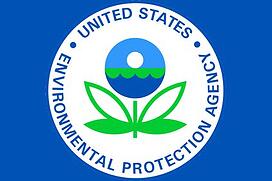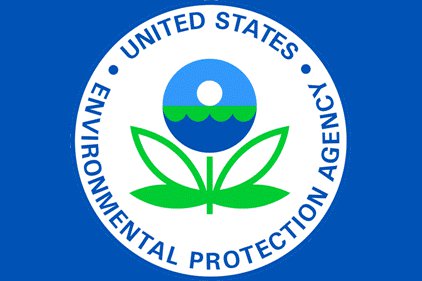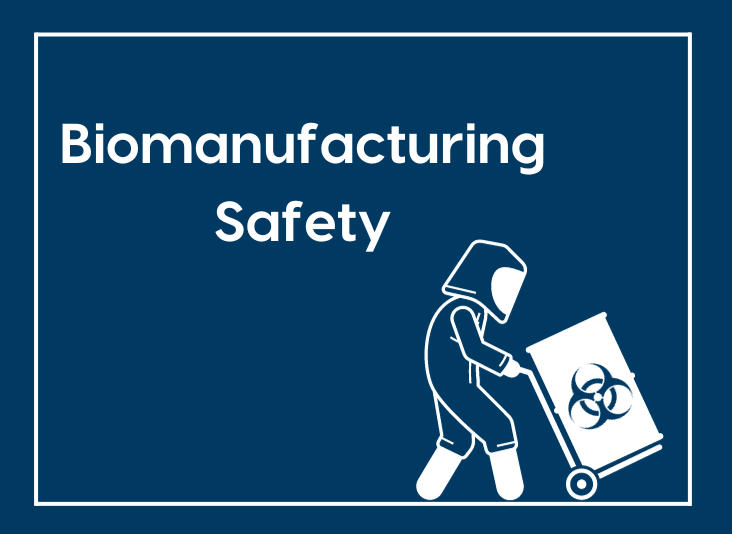Must Know Regulatory Updates: EPA Edition
 The EPA has been busy this month. With a range of suggested and confirmed updates to regulations, we pulled together a list of recent changes to help you keep track. For all the most recent updates in your industry, sign up for our monthly newsletter here.
The EPA has been busy this month. With a range of suggested and confirmed updates to regulations, we pulled together a list of recent changes to help you keep track. For all the most recent updates in your industry, sign up for our monthly newsletter here.
EPA Poised to Elevate Clean Air Act 112(r) Enforcement
By Philip Comella, Patrick Joyce and Craig Simonsen
In the wake of the United States Environmental Protection Agency’s (EPA) recent $5.6 million settlement with Bayer CropScience under Clean Air Act Section 112(r), companies should expect more from EPA in the chemical accident prevention and risk management space – more in terms of investigations, enforcement, and rules. In this two-part series, we first explore EPA’s enforcement efforts and initiatives under the Clean Air Act Section 112(r) program. A forthcoming companion client alert will address pending Section 112(r) rules and proposed legislation… Continue Reading
EPA Finalizes Rule to modernize Clean Water Act reporting.
By: Thomasnet.com
EPA-finalized rule modernizes Clean Water Act reporting for municipalities, industries, and other facilities. It requires regulated entities and state and federal regulators to use existing, available information technology to electronically report data required by National Pollutant Discharge Elimination System (NPDES) program instead of filing written paper reports. According to EPA estimates, full implementation in 46 states and Virgin Islands Territory will save ~$22.6 million each year… Continue Reading
EPA Proposes Protections for hazardous waste shipments.
By: Thomasnet.com
Enhancements proposed by U.S. EPA regarding oversight of hazardous waste shipments will help ensure safe management of imports and exports. This rule proposes consolidation of regulations; one set of protective requirements will apply to transboundary movements of hazardous waste. Also, proposal makes electronic reporting to EPA mandatory and requires linking consent to export with exporter declaration submitted to U.S. Customs and Border Protection…Continue Reading
New EPA Rule Limiting Ground-Level Ozone Draws Fire From All Sides
By: Jeff Brady
A new rule from the Obama Administration aims to further reduce the main ingredient in smog. That might sound like good news if you live in a city where smog is a problem. But after the rule was announced, there were plenty of complaints about it.
Technically, the Environmental Protection Agency is reducing the National Ambient Air Quality Standards (NAAQS) for ground-level ozone limits from the current level of 75 parts per billion (ppb) down to 70 ppb…Continue Reading
EPA Proposes New Methane and VOC Emissions Limits
By: Michael Carroll
On September 18, 2015, the United States Environmental Protection Agency (EPA) proposed new limits on emissions of methane and volatile organic compounds (VOC) for oil and natural gas operations, including production, processing, transmission and storage. The proposal adds methane standards for certain new, modified and reconstructed sources currently regulated for VOC, and methane and VOC standards for currently unregulated sources. EPA cites the global warming potential of methane as the primary justification for establishing new standards for this pollutant…Continue Reading
CT DEEP Issued Notice on Manifest Copies
On Tuesday September 29th, 2015, the CT DEEP issued a notice regarding manifest copies stating that generators are no longer required to submit a photocopy of their completed manifest to the DEEP. The DEEP has issued a letter documenting this change in procedure which many of you have probably received. |
Manifest record retention requirements will remain the same. Generators must still retain a signed copy of the manifest for each shipment for at least three years. The original copy serves this purpose until he/she receives a signed copy from the designated (receiving) facility as confirmation of delivery. The copy received from the designated facility should be kept by the generator for at least three years from the date the waste was accepted by the initial transporter. Additional record keeping requirements apply if a generator does not receive confirmation from the designated facility.
For all the most recent updates in your industry, sign up for our monthly newsletter below:










.png)